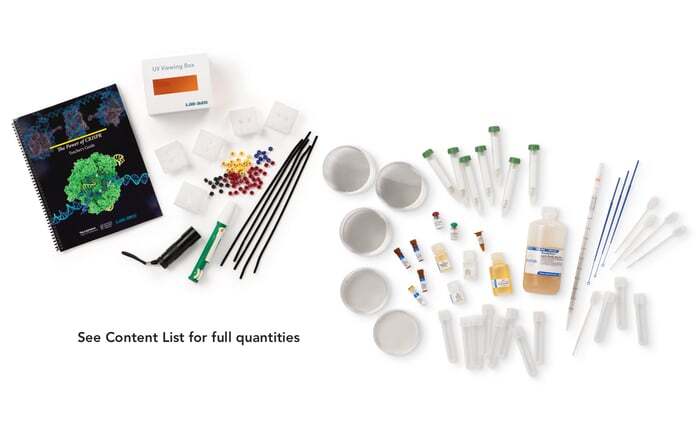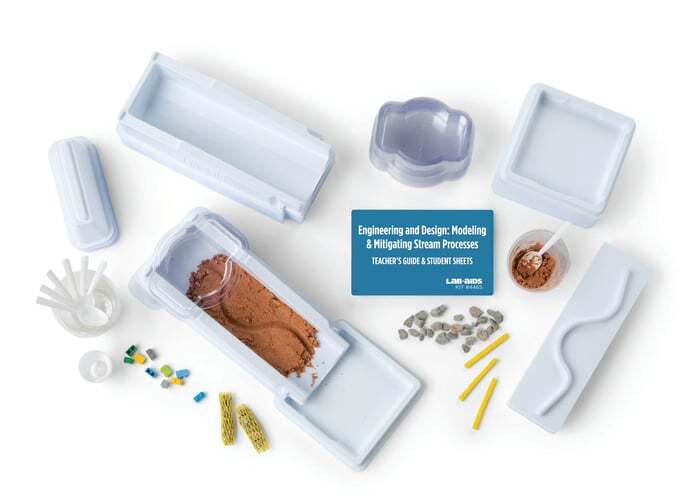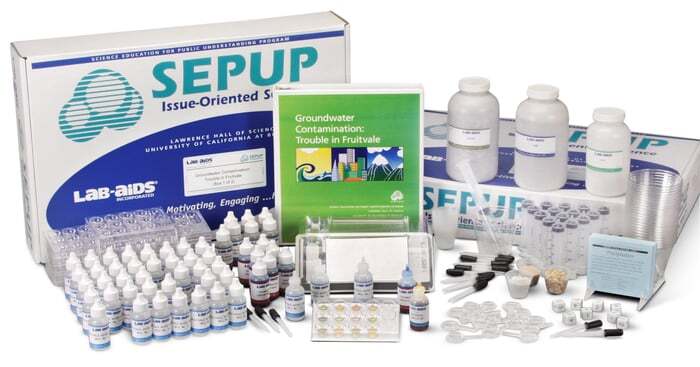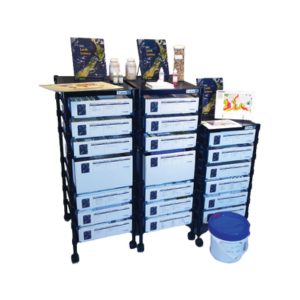Lab-Aids got its start more than 60 years ago with a simple goal: to make it easier for teachers to bring thoughtful, hands-on learning into their classrooms through complete, ready-to-use kits. Designed to make abstract or challenging concepts more engaging and cost-effective to teach, these labs address common misconceptions and energize student learning.
Kits & Modules
Middle and High School Equipment
Our equipment and classroom materials help students think like scientists, engineers, and mathematicians, preparing them for the future.
Headline
Add your content here.
Headline
Add your content here.
Headline
Add your content here.
Headline
Add your content here.
Try it out. Ask questions. Get a free sample.
We’re here to help you bring engaging, meaningful learning to your students—no stress required.

The Power of CRISPR
This one-to-two-week module explores how CRISPR gene-editing technology works and how it could be used to treat sickle cell disease, a genetic blood disorder.
Students use CRISPR to edit bacterial genes as they investigate relationships between genes, proteins, and traits.
They then discuss the ethics, risks, and benefits of using CRISPR for different applications.

CASE Agricultural Power and Technology
This materials package supports the Agricultural Power and Technology (APT) course developed by CASE™ (Curriculum for Agricultural Science Education), one of five foundational courses in the CASE sequence.
Students engage in inquiry-based activities, projects, and problems that explore the form and function of materials, machines, and tools used in agriculture.
Students develop technical skills as they learn to operate, repair, engineer, and design agricultural tools and equipment.
The package includes Lab-Aids equipment specified by CASE and provides enough materials for 20 students.

New Visions: Earthquakes, Volcanoes, and Tsunamis
In 2011, an earthquake and tsunami in Japan caused a nuclear disaster that we are still recovering from.
In 2022, a volcanic eruption occurred at Tonaga that was heard thousands of miles away and produced a massive tsunami.
Students will explore what locations on Earth are most at risk of loss of life and property caused by earthquakes, volcanic eruptions, or tsunamis in the near future and why populations live in these risky areas.
Trusted by educators. Driven by purpose. Designed for today’s learners.
Ready to ignite learning in your classroom? Our curriculum experts are available to match your course goals with trusted, high-quality materials.





_0.png)